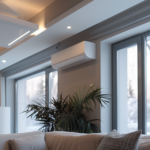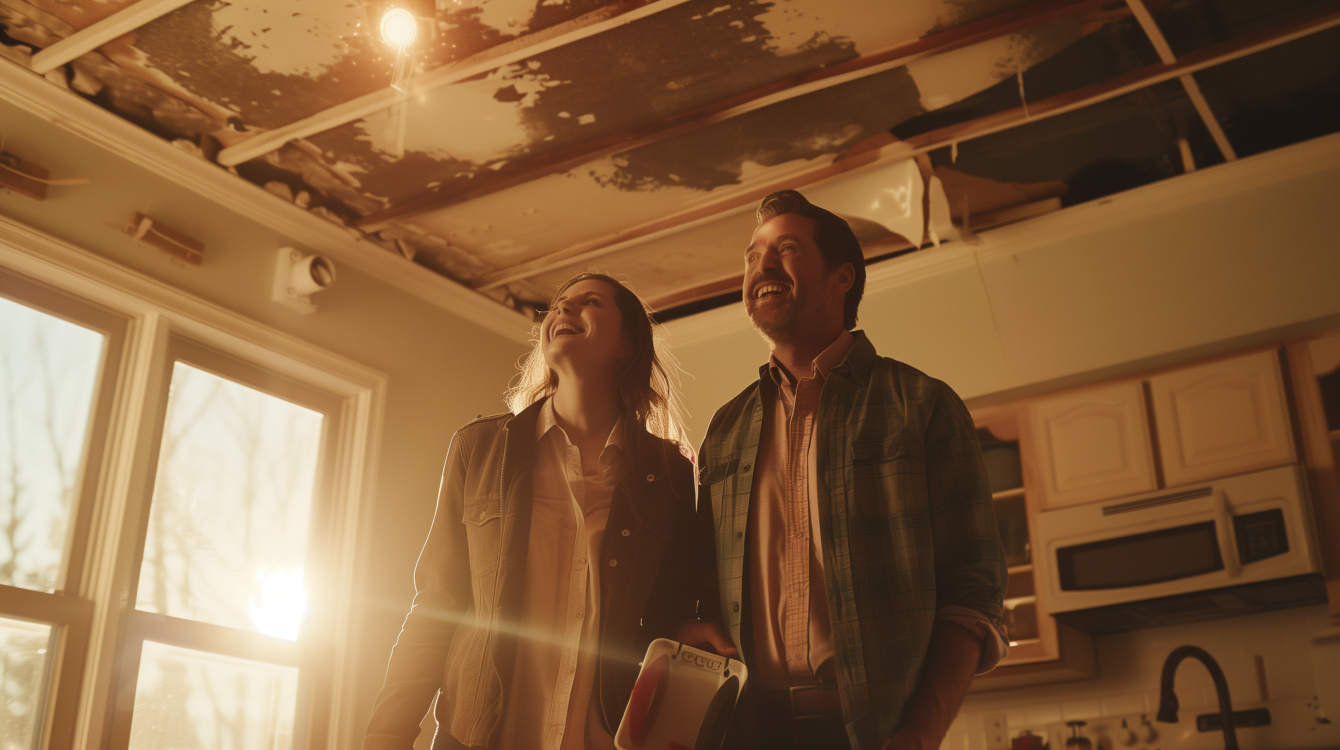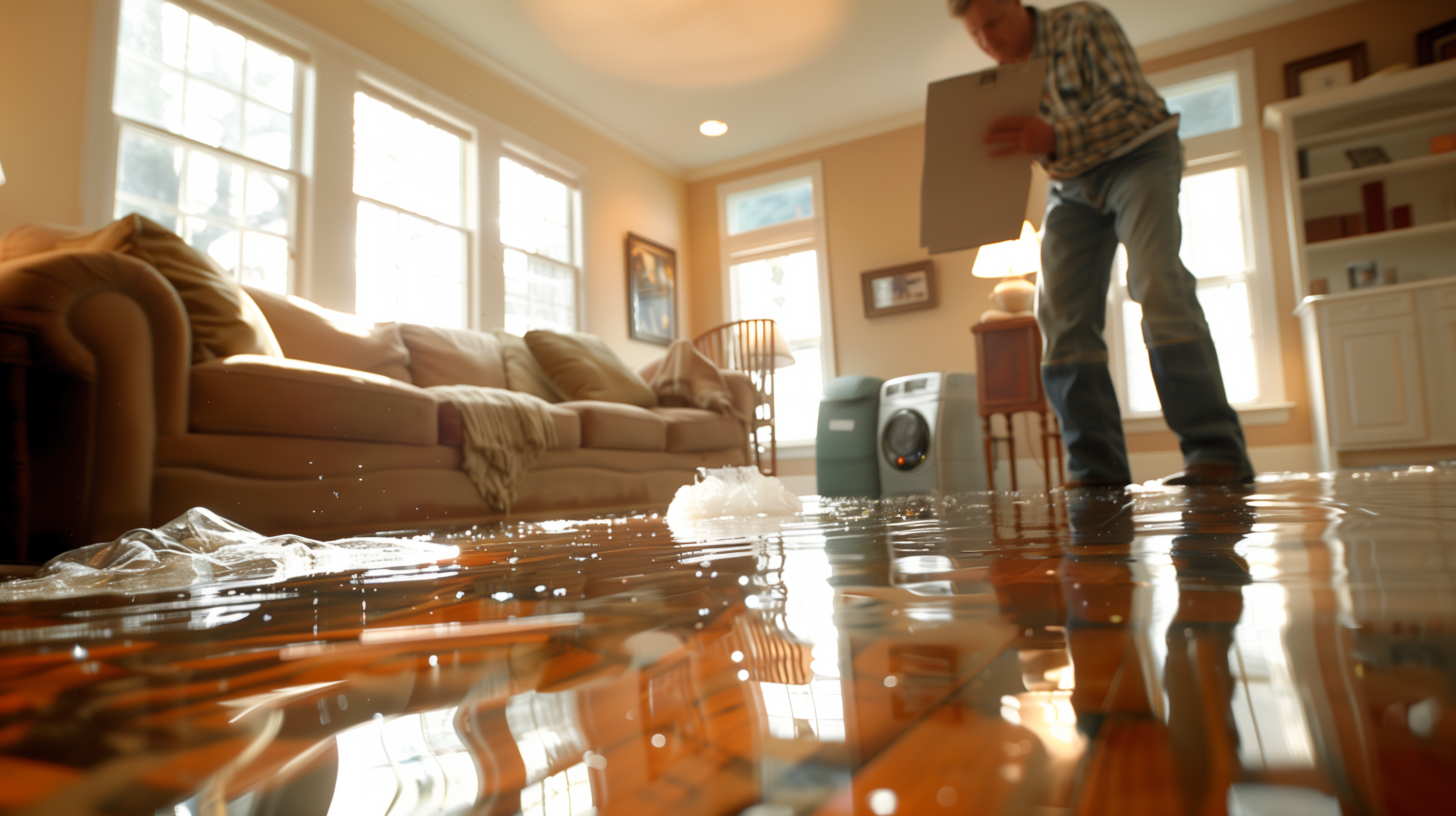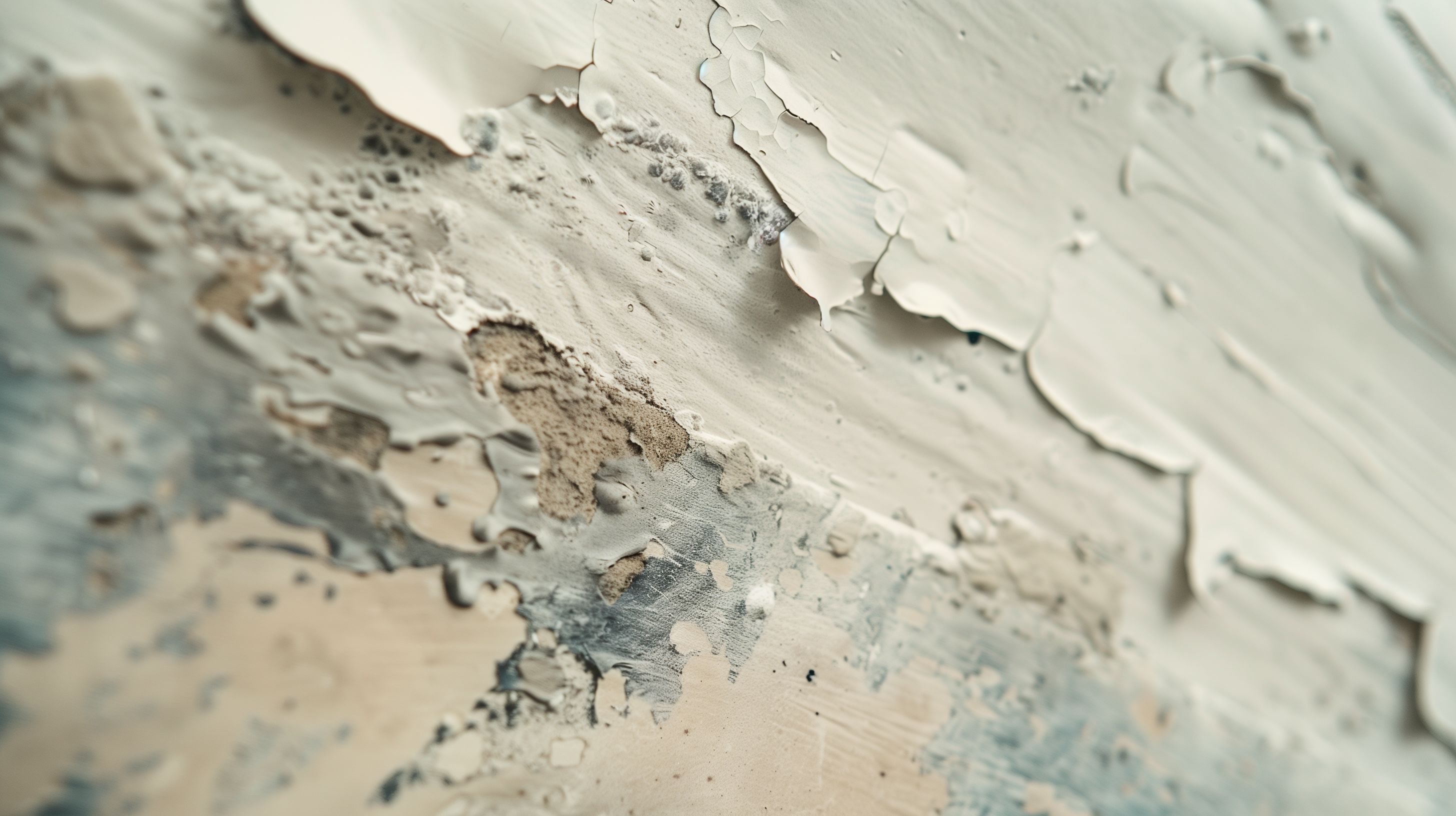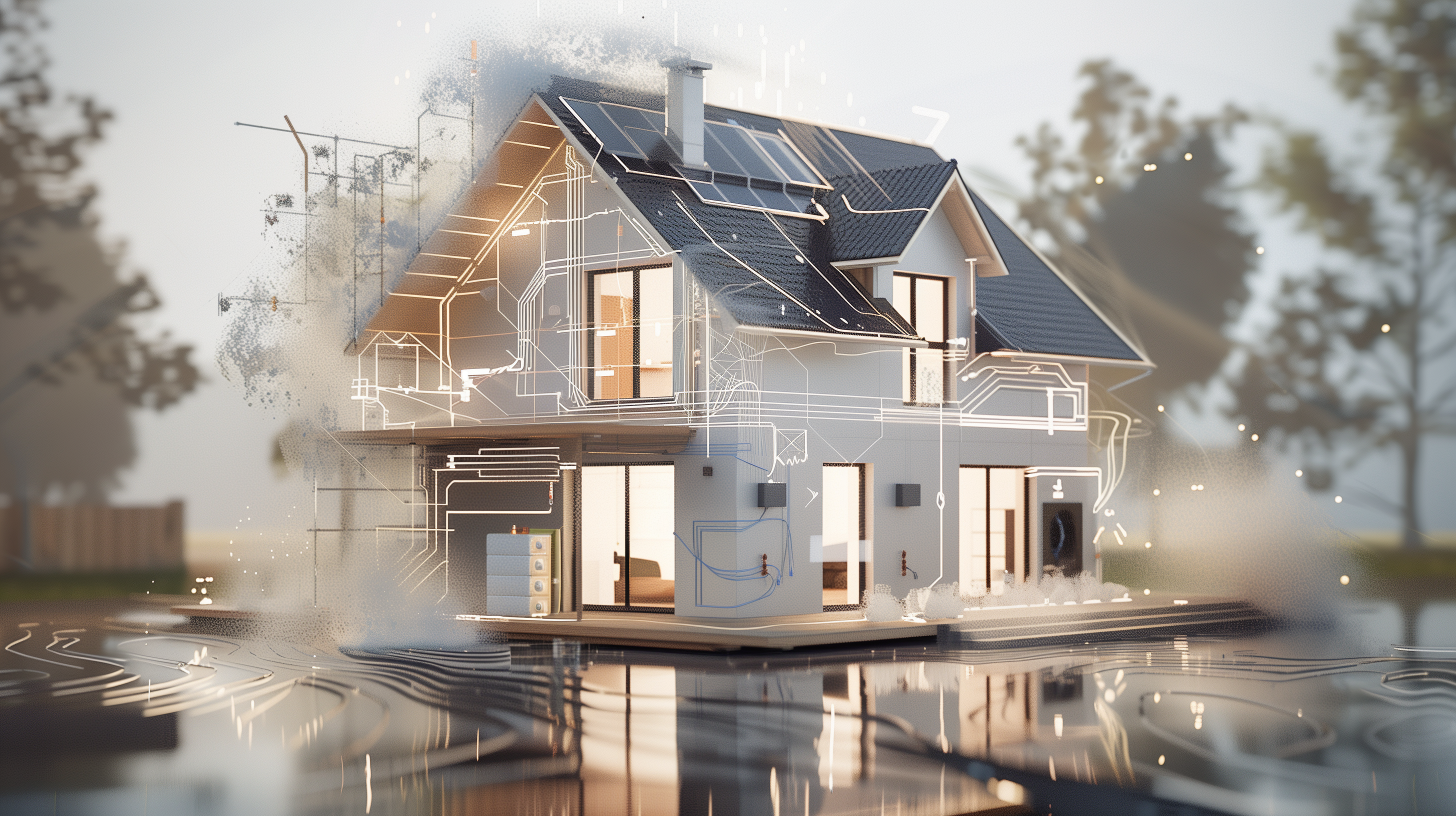Understanding the Common Causes of Ceiling Water Damage
Introduction
Ceiling water damage is a common issue faced by homeowners, and understanding its causes is crucial for prevention and timely repair. Whether it’s a small stain or a large-scale disaster, ceiling water damage can lead to costly repairs and structural issues if not addressed promptly. In this article, we explore the most common causes of ceiling water damage and provide tips on how to prevent these issues.
Common Causes of Ceiling Water Damage
1. Roof Leaks
One of the most common causes of ceiling water damage is a leaking roof. This can be due to various factors, including:
- Damaged Shingles: High winds, hail, and aging can cause shingles to crack or fall off, leading to water infiltration.
- Improper Roof Installation: Poor installation techniques can result in gaps or improper sealing, allowing water to seep through.
- Clogged Gutters: When gutters are clogged, water can back up and flow under the roofline, leading to leaks that cause ceiling damage.
Regular roof inspections and maintenance are essential to prevent leaks and subsequent ceiling water damage.
2. Plumbing Issues
Plumbing leaks are another leading cause of ceiling water damage. These leaks can occur due to:
- Burst or Leaking Pipes: Especially common in older homes, pipes can corrode or burst due to freezing temperatures or high water pressure.
- Faulty Pipe Joints: Over time, the joints in your plumbing system can weaken, leading to slow leaks that cause water damage.
- Clogged Drains: A clogged drain can cause water to back up, eventually overflowing and causing damage to the ceiling below.
It’s important to regularly inspect your plumbing system and address any signs of leaks immediately to prevent significant damage.
3. HVAC System Leaks
Your heating, ventilation, and air conditioning (HVAC) system can also be a source of ceiling water damage. Common issues include:
- Condensation Buildup: When the HVAC system isn’t properly maintained, condensation can build up and overflow, leading to water damage.
- Leaking Air Ducts: Leaks in the air ducts can cause moisture to accumulate in the ceiling, especially in areas with high humidity.
Regular maintenance of your HVAC system can help prevent these issues and protect your ceiling from water damage.
4. Ice Dams
In colder climates like Illinois, ice dams can form on the roof during winter. These ice dams can cause water to back up under the shingles and into the ceiling. Preventing ice dams involves:
- Proper Insulation: Ensuring your attic is well-insulated to prevent heat from escaping and melting snow on the roof.
- Ventilation: Proper roof ventilation helps maintain a consistent temperature, reducing the risk of ice dams forming.
Addressing ice dams quickly is crucial to preventing significant ceiling water damage.
5. Storm Damage
Severe storms, common in the Midwest, can cause significant damage to roofs, leading to ceiling water damage. High winds, heavy rain, and hail can all contribute to:
- Roof Penetration: Debris or falling branches can penetrate the roof, leading to immediate leaks.
- Shingle Damage: High winds can lift shingles, allowing water to seep underneath.
After a storm, it’s essential to inspect your roof for damage and address any issues promptly to prevent water damage.
Signs of Ceiling Water Damage
Identifying ceiling water damage early can save you from costly repairs. Common signs include:
- Stains or Discoloration: Brown or yellow stains on the ceiling are often the first sign of water damage.
- Peeling or Bubbling Paint: Water can cause paint to peel or bubble, indicating moisture buildup behind the surface.
- Sagging Ceiling: A ceiling that is sagging is a sign of significant water damage and requires immediate attention.
How to Prevent Ceiling Water Damage
Preventing ceiling water damage involves regular maintenance and prompt attention to any potential issues. Here are some tips:
- Regular Roof Inspections: Inspect your roof at least twice a year and after any severe weather events.
- Maintain Gutters and Downspouts: Keep gutters clear of debris to ensure proper water flow away from your home.
- Inspect Plumbing Regularly: Check for any signs of leaks or corrosion in your plumbing system.
- Schedule HVAC Maintenance: Regularly service your HVAC system to prevent condensation buildup and leaks.
- Insulate and Ventilate: Proper insulation and ventilation in the attic can prevent ice dams and reduce the risk of water damage.
Conclusion
Ceiling water damage can be a costly and stressful issue for homeowners, but by understanding the common causes and taking proactive measures, you can protect your home. Regular maintenance of your roof, plumbing, HVAC system, and gutters is key to preventing water damage.
For immediate service or consultation, you may contact us at Allied Emergency Services, INC.
Contact Information:
Phone: 1-800-792-0212
Email: Info@AlliedEmergencyServices.com
Location: Serving Illinois, Wisconsin, and Indiana with a focus on the greater Chicago area.
If you require immediate assistance or have specific questions, our human support is readily available to help you.
Disclaimer: This article is intended for informational purposes only. For professional advice, consult experts in the field.




